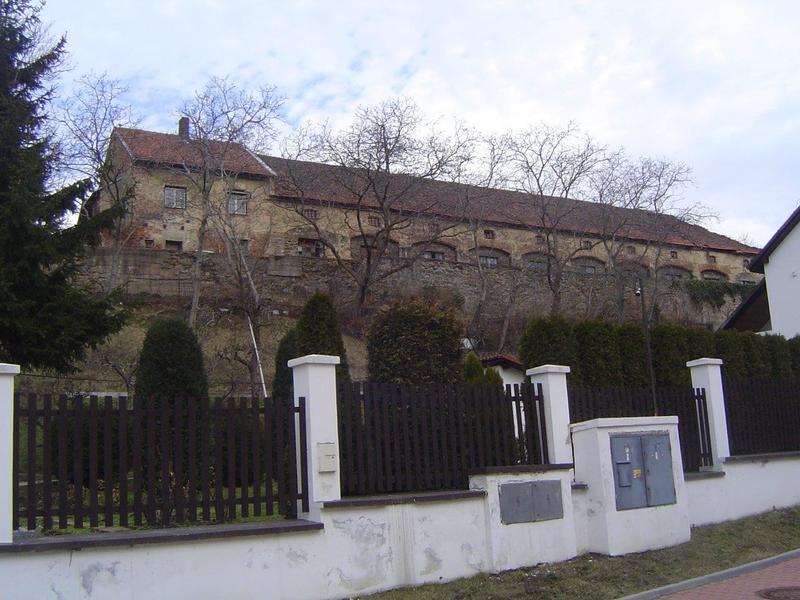Our history
Location Chvaly (in written sources and in modern times we find a different modification of the name: Chwalla, Chwaly) is first mentioned in the charter of the Vyšehrad Chapter, which dates back to 1088, which is a fake (counterfeit) from the twelfth century. The Visegrad Chapter leased or stopped the Chval farm, until it eventually became the property of everyday people. In the fourteenth and fifteenth centuries the village was owned by the Prague patrician. After a complicated discussion of the inheritance of Václav Kříž, Janek Rokycanský acquired Chvaly in 1428. During the discussion of this heritage, the Chvalská fortress was first mentioned. In the following years, the "Chvaly fortress, the court with debts, the whole village and the yards of the trunks" was mentioned in sales contracts and inheritance proceedings. This was the case when, in 1513, Sigismund Bares sold Chvaly to the Old Town burgher Václav of Štraboch's house. Heir to his property was his daughter, married to Nicholas Karg of Regensburg. Probably under this owner, the fortress was rebuilt into a chateau. In 1614, Eustach Betenglz Neyenperk bought the Chvalva chateau from the heirs of the Karubians. In the following year, Chvaly was bought by George of Vtelno, who was sentenced by the Confiscation Commission in 1622 to lose half of his fortune (among other things, the Chvaly estate).
In 1622 Chvaly was sold to Jan Daniel Kapr of Kaprštejn. Because he did not have the money to pay the entire amount (15 000 zł Rhine) borrowed from the Jesuit College at St. He ordered himself and his heirs to pay repayments and interest in favor of the alumna at St. George's. Bartholomew. The new owner states in a gifted paper that he managed the property well and built the original desolate and burnt farm. But already the son and heir, who could not repay the debt and interest in 1652 ceded the farm Chvaly Jesuit College "... perfectly desolate at that time ..." The Jesuits managed the farm in Chvaly very carefully, but due to several only a few mentions. After the Thirty Years' War, four peasant and four farmhouses and two large courtyards were demolished after the Thirty Years War. These courts were attached to the Jesuit mansion, including 150 strychov fields belonging to them.
In the middle of the 18th century, the Chvalský farm belonged to the villages of Chvaly, Šestajovice, Čertousy and Dablice, the convent of Sts. Bartholomew. The valuation of the farm Chvaly in 1767 states that it was issued 17,500 zł. for the repair and restoration of the manor. It can be concluded that the repairs affected not only the separate castle but also the farm buildings. After the abolition of the Jesuit Order in 1777, the Chvaly estate was administered by the Administration of State and Ex-Jesuit Estates under the patronage of c.k. study fund. The middle, oldest part of the building was built according to plans from 1818 and served as a brewery and wine-making plant. In 1822, the administration of the state farms carried out an assessment of the buildings, the actual assessment was not preserved, but it is documented by several references. The related correspondence states that the Chvalský manor farm is in good condition, only the church roof needs repair. In the years 1874 - 1875 the activity of the builder Lábler from Libeň was indirectly documented in the farmyard. The building still served as a brewery. As of 1890, the chateau with the farmyard was still mentioned as the property of the study fund. The plans for expanding and rebuilding the stables were from 30 June 1890 by Frenzer Mach.
Since 1955, the farmyard and chateau were administered by the State Farms of Xaverov and used the building only for housing cows. In the archives, no evidence of modern utilitarian building modifications of the farmyard buildings from the time when the building was owned by the State Farm was found. In the last two decades the building has been demonstrably dilapidated and has not been used.








